Skin Cancer Nonmelanoma
Skin Cancer Nonmelanoma
Symptoms & Diagnosis
Symptoms
pharmacy health topics Most basal cell and squamous cell skin cancers can be cured if found and treated early.
A change on the skin is the most common sign of skin cancer. This may be a new growth, a sore that doesn't heal, or a change in an old growth. Not all skin cancers look the same. Skin changes to watch for:
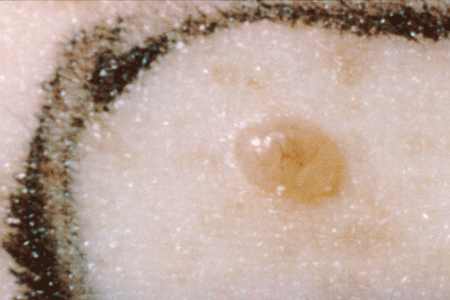
Small, smooth, shiny, pale, or waxy lump
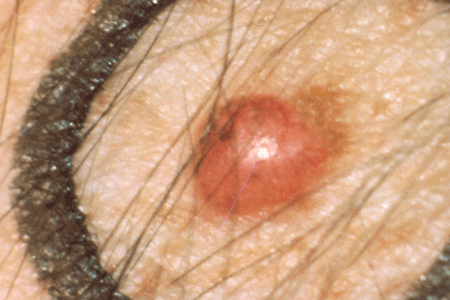
Firm, red lump
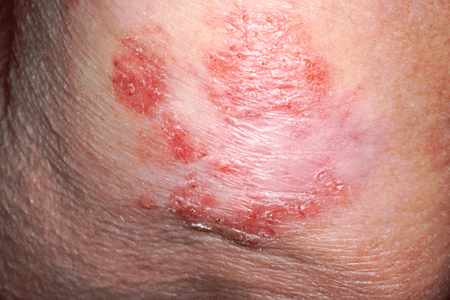
Sore or lump that bleeds or develops a crust or a scab
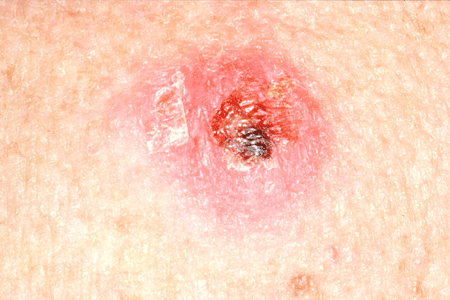
Flat red spot that is rough, dry, or scaly and may become itchy or tender
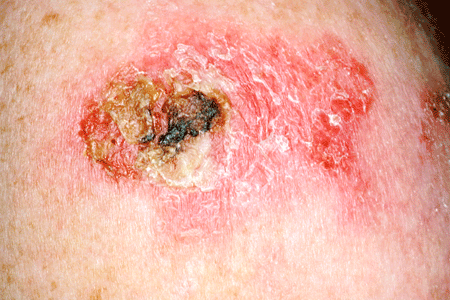
* Red or brown patch that is rough and scaly
Sometimes skin cancer is painful, but usually it is not.
Checking your skin for new growths or other changes is a good idea. A guide for checking your skin is below. Keep in mind that changes are not a sure sign of skin cancer. Still, you should report any changes to your health care provider right away. You may need to see a dermatologist, a doctor who has special training in the diagnosis and treatment of skin problems.
Diagnosis
If you have a change on the skin, the doctor must find out whether it is due to cancer or to some other cause. Your doctor removes all or part of the area that does not look normal. The sample goes to a lab. A pathologist checks the sample under a microscope. This is a biopsy. A biopsy is the only sure way to diagnose skin cancer.
You may have the biopsy in a doctor's office or as an outpatient in a clinic or hospital. Where it is done depends on the size and place of the abnormal area on your skin. You pharmacy health topics probably will have local anesthesia.
There are four common types of skin biopsies:
1. Punch biopsy: The doctor uses a sharp, hollow tool to remove a circle of tissue from the abnormal area.
2. Incisional biopsy: The doctor uses a scalpel to remove part of the growth.
3. Excisional biopsy: The doctor uses a scalpel to remove the entire growth and some tissue around it.
4. Shave biopsy: The doctor uses a thin, sharp blade to shave off the abnormal growth.